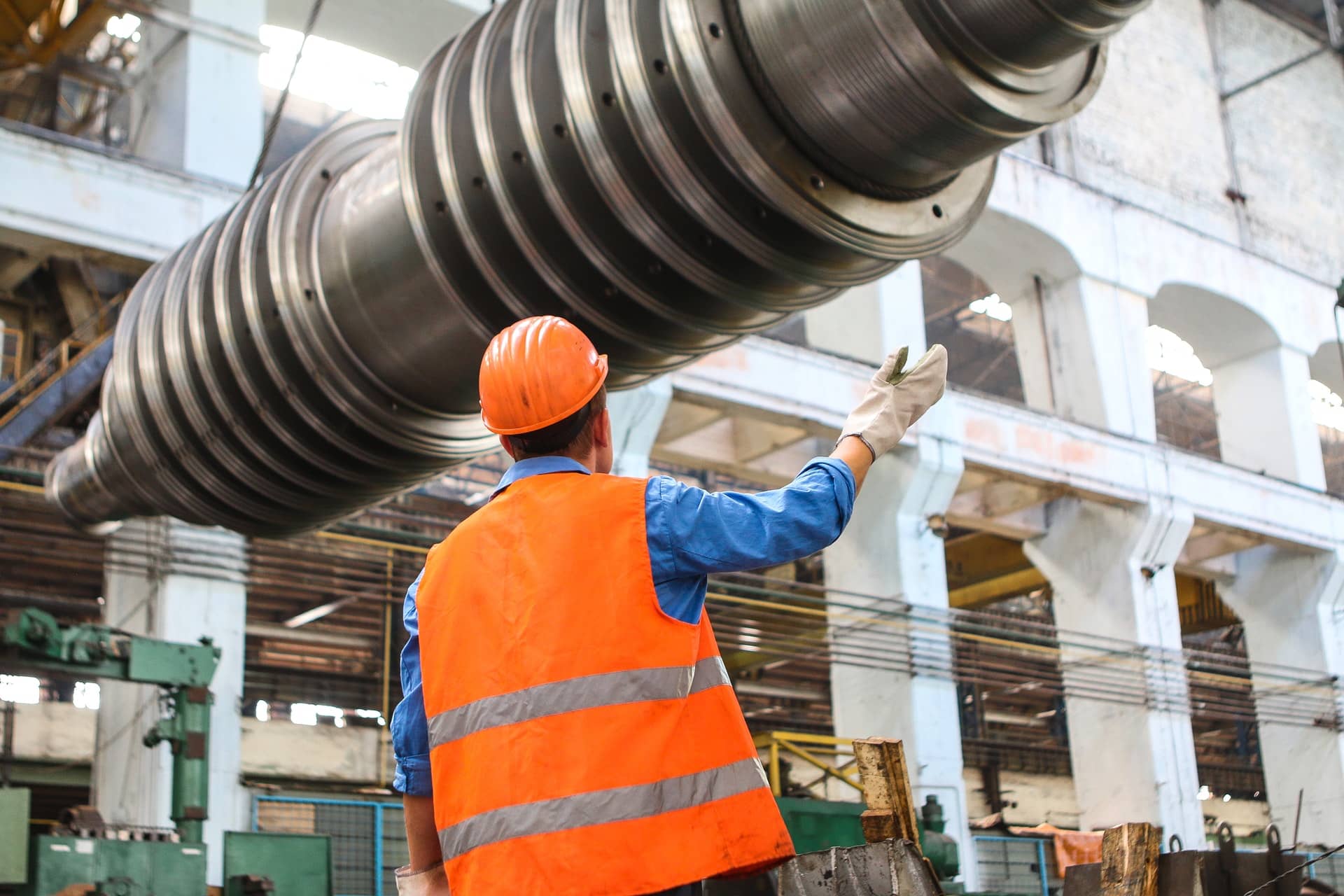
Maintenance Task Analysis™ (MTA) Software
Fast and Effective Analysis for Less Critical Assets
MTA is used for less critical assets as determined using ACAP, ensuring all your assets are covered. MTA is not a zero-base analysis (like RCM) and is a process designed to review existing maintenance programs and care strategies to ensure the PM tasks satisfy both criteria; technically feasible and worth doing (tasks must address failure modes and the risk). MTA fully integrates with our other risk-based approaches and is designed to work in tandem with RCM. It is possible to integrate MTA with your Work Management System or use staging tables to support integration.
The Purpose of Maintenance Task Analysis
MTA is a best practice for asset management for regular review of your asset care programs to check if tasks are still effective. As modifications are made to your equipment or the Operating Context, MTA is an important tool to validate the PM tasks.
In many cases the PM adds maintenance tasks to treat an individual failure mode, but the task proves to be ineffective. Nobody follows up on it, and it remains a maintenance task for years.
Another reason to use MTA is to capture knowledge across your organization. With an experienced workforce, all kinds of undocumented tasks are performed and this knowledge is not transferred to new hires. Asset performance declines as the workforce retires.
Sometimes just improving the task descriptions to include what to check, how to check it and performance criteria for good/bad improves the PM. This standardizes the task regardless of who performs it.
Aladon provides guidance with its Reliability Strategy Selection (RSS) to select the risk appropriate methodology to use. MTA is not recommended for critical assets or when there are chronic problems on equipment since there may be fundamental problems with the PM that requires a zero-based approach like RCM.